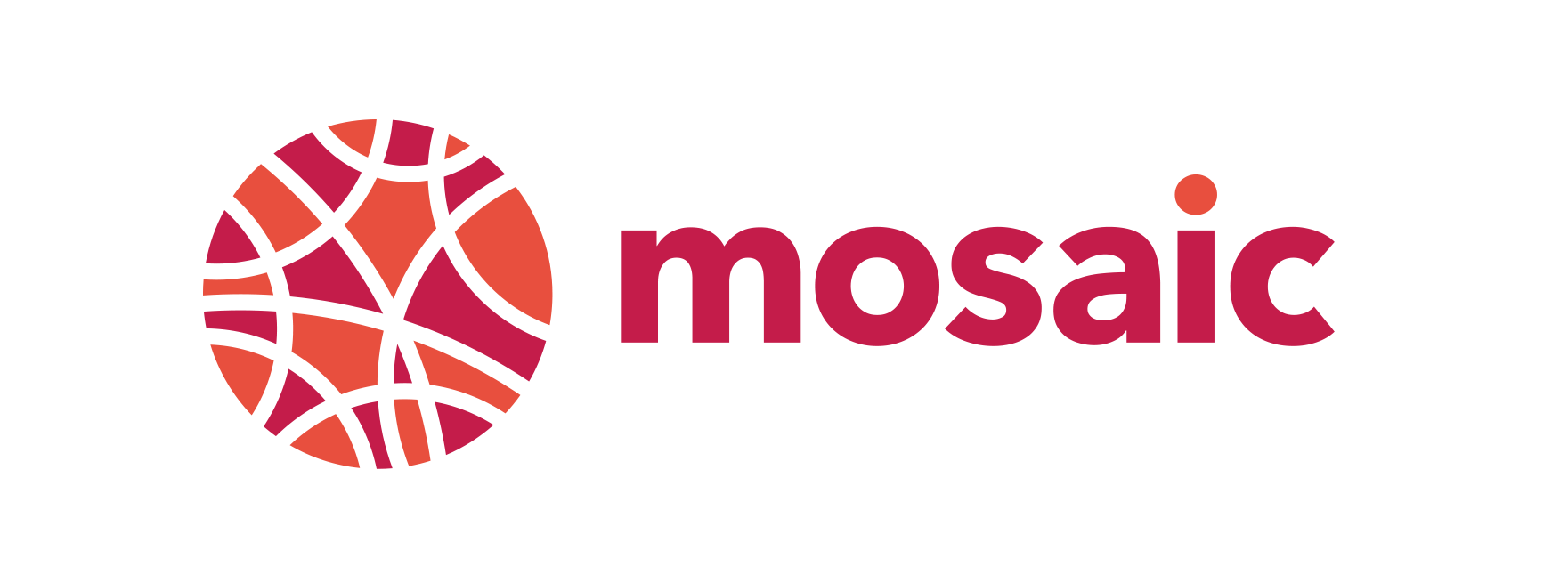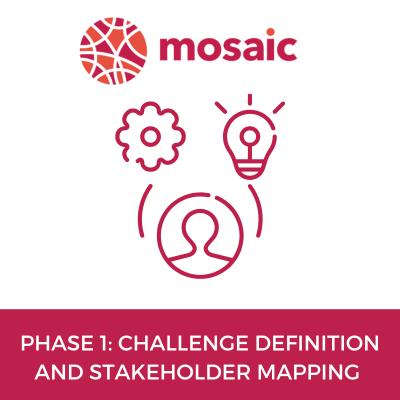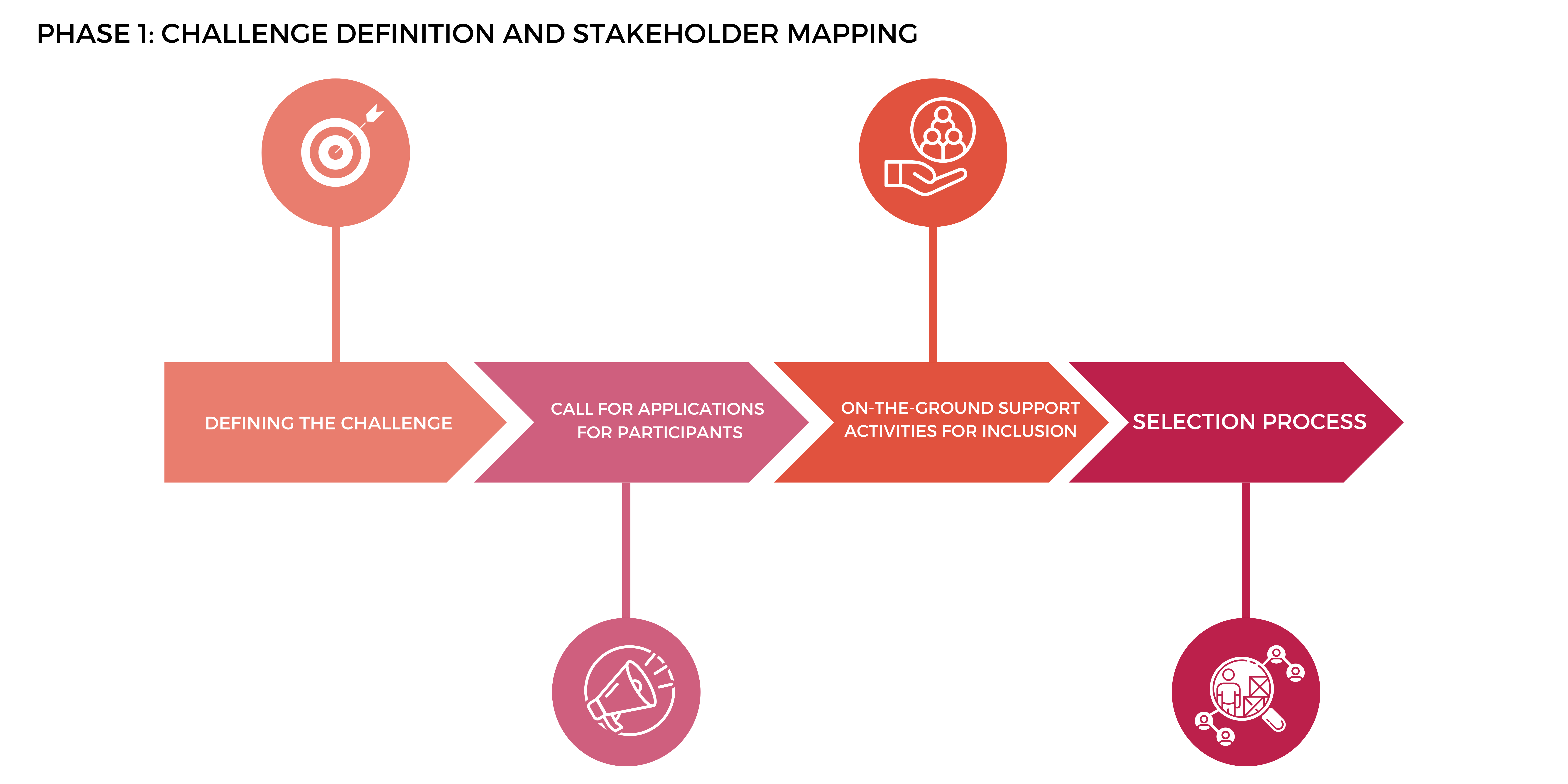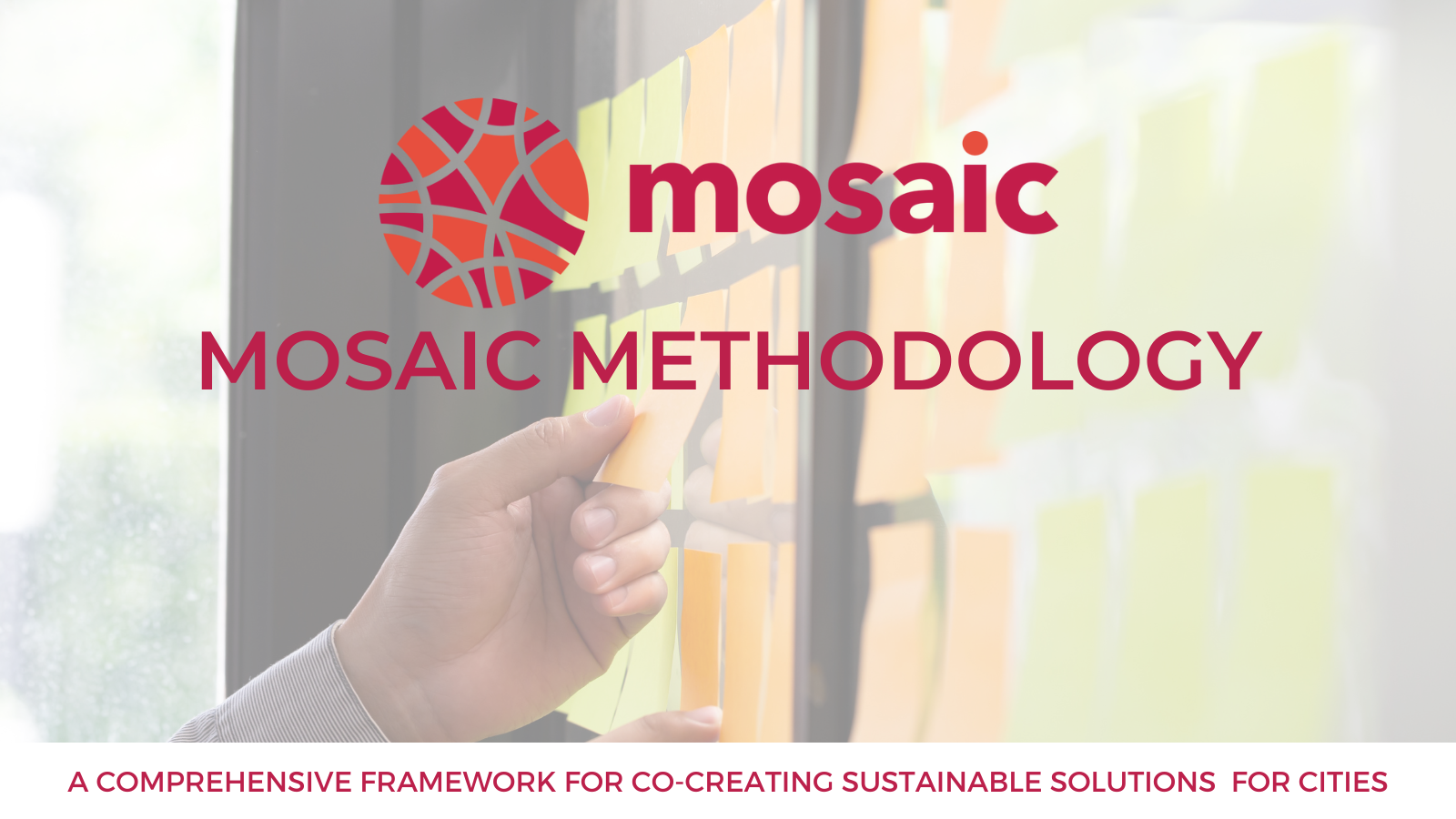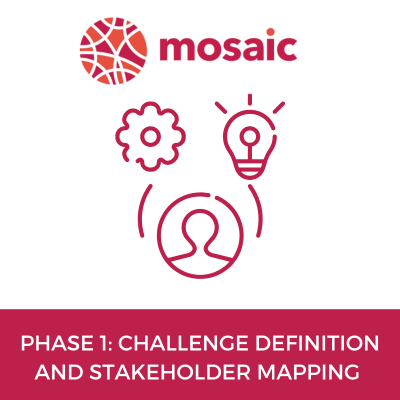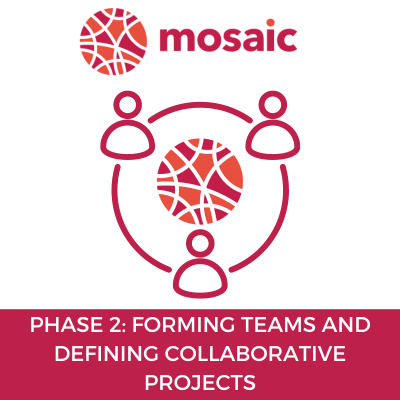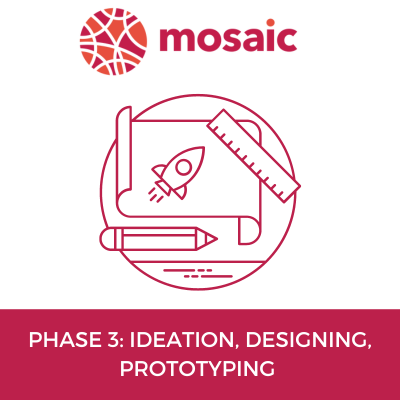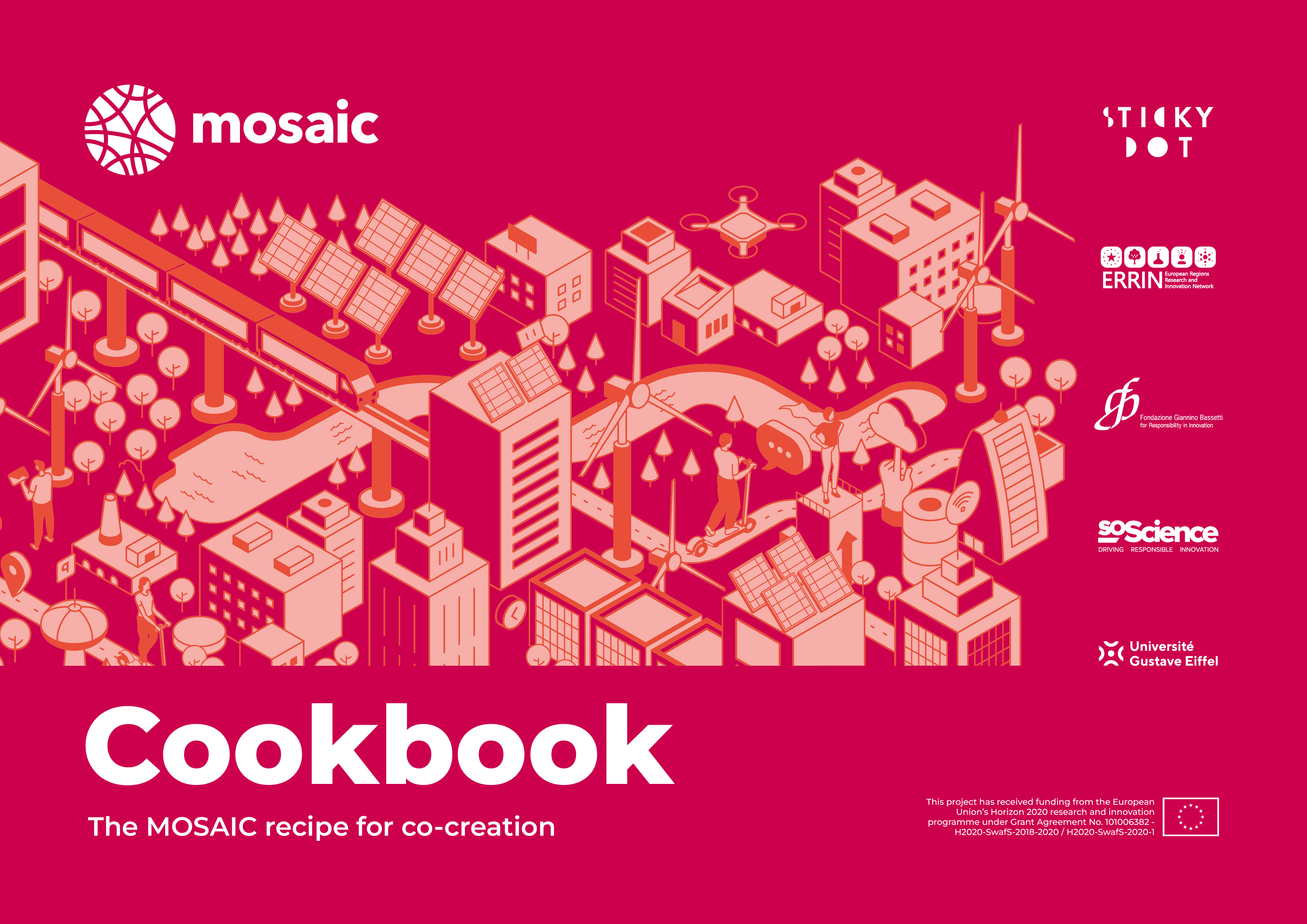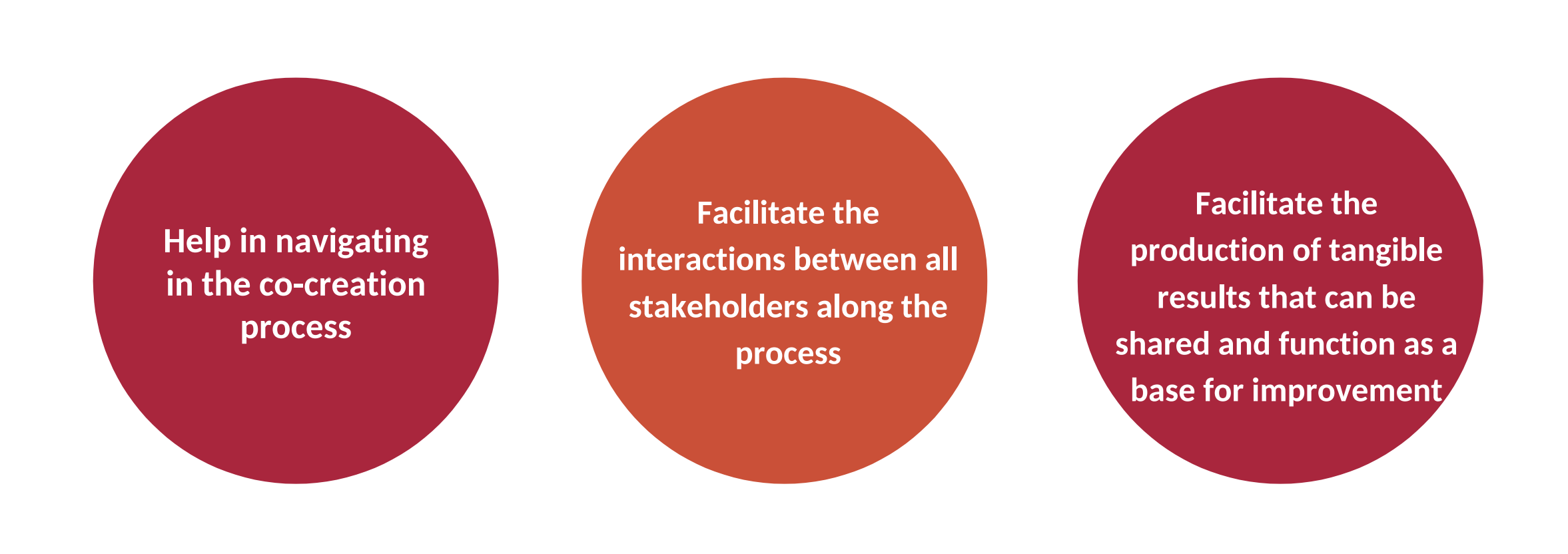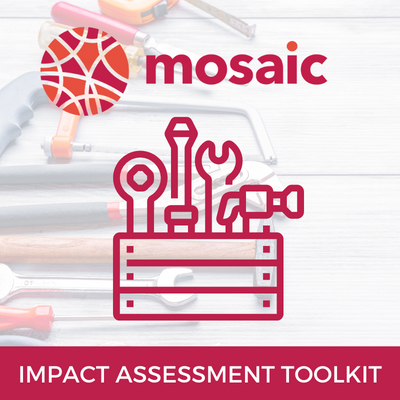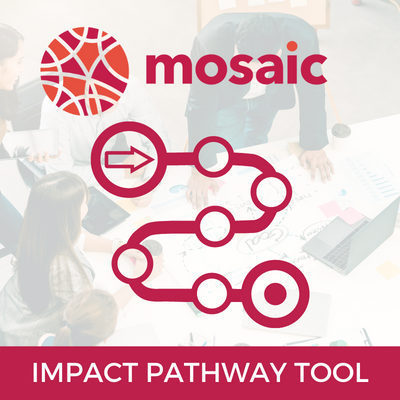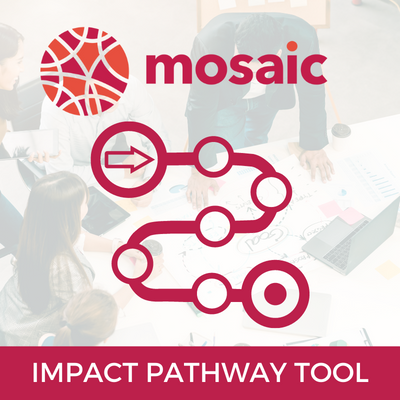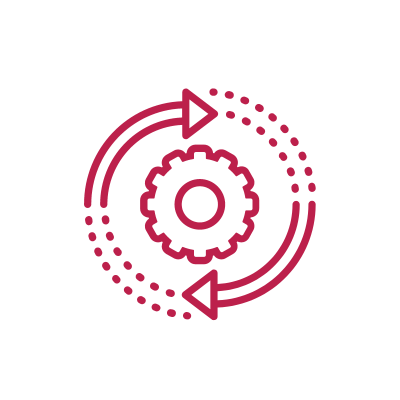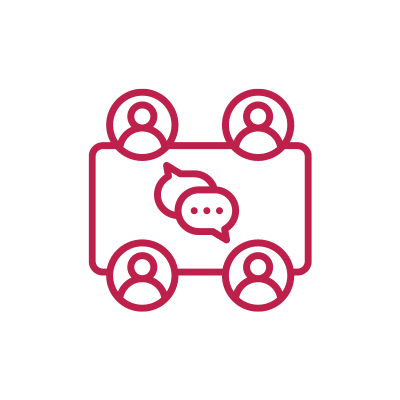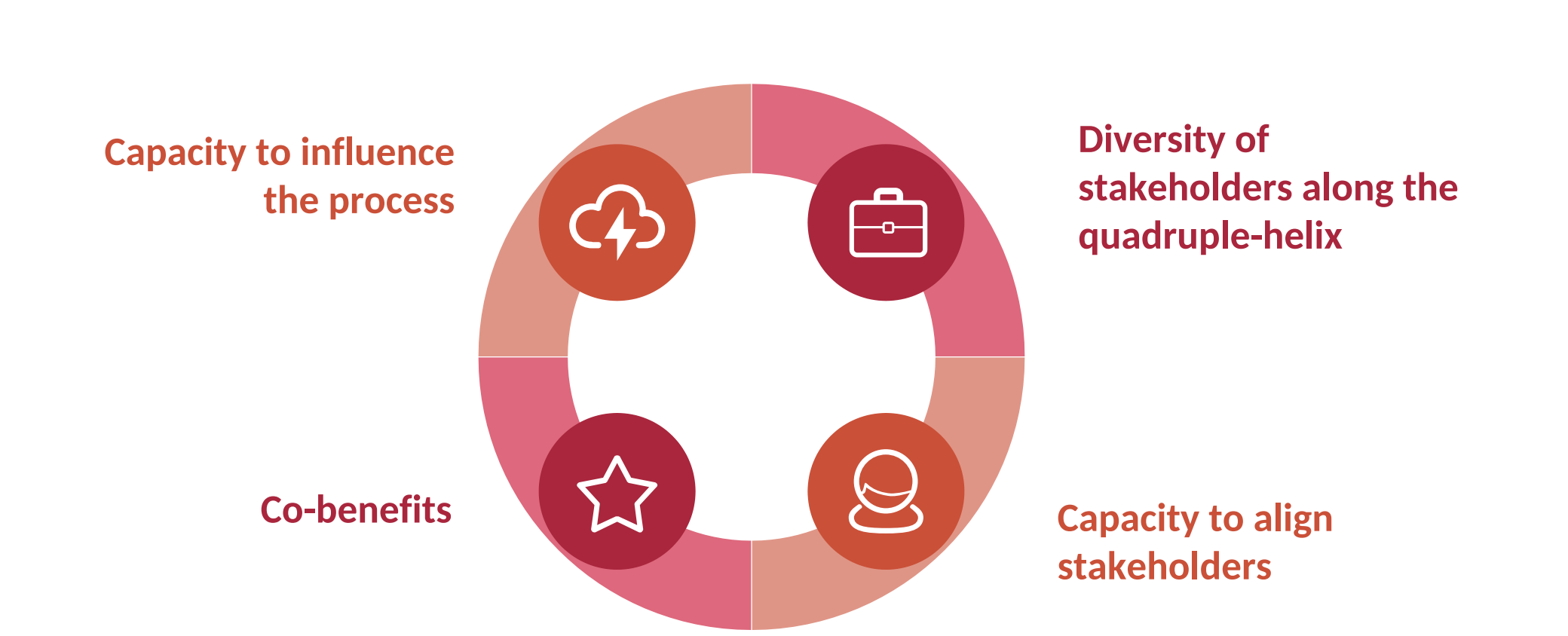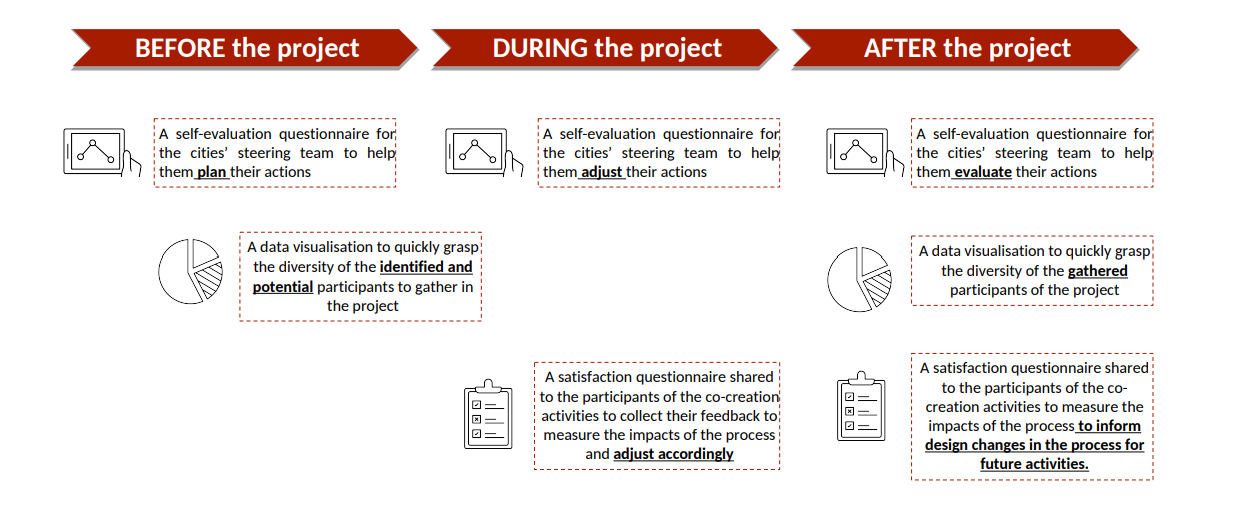Methodology: Phase 2
PHASE 2: FORMING TEAMS AND DEFINING COLLABORATIVE PROJECTS
Objectives of the phase
- To bring together and onboard city’s QH stakeholders
- To select co-creation teams that will address the challenge
- To support them in working together toward the objective
- To facilitate networking and getting-to-know each other opportunities
- To support them in working together toward the objective
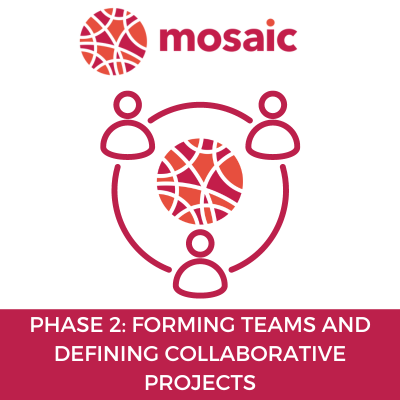
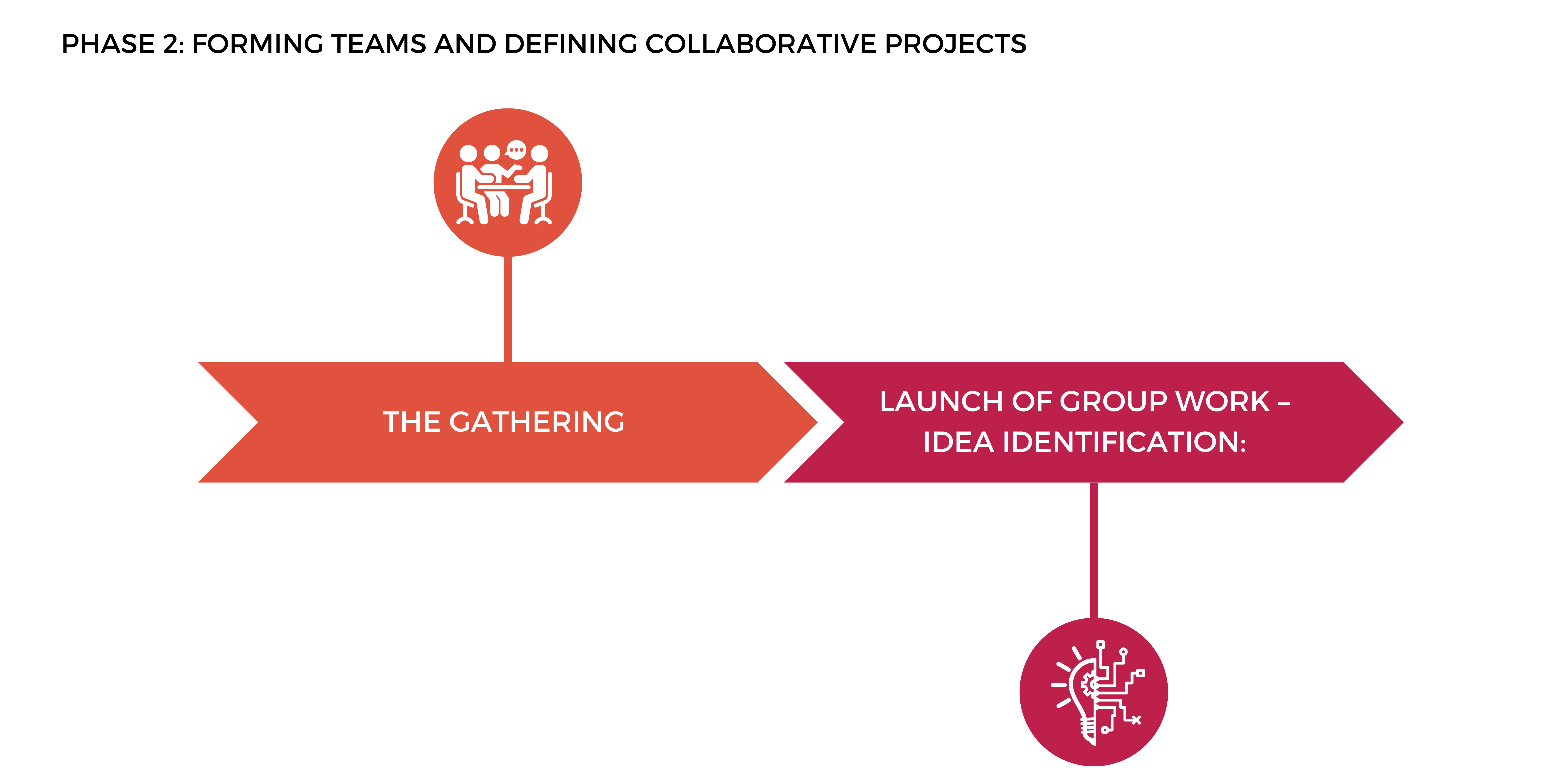
PROCESS
1. The Gathering: The first objective of this phase is to bring together and onboard the city’s stakeholders. The participants, who have been selected in Phase 1, gather for a key event known as "The Gathering". This gathering serves as an opportunity for participants to get to know each other, understand each other’s expertise and form co-creation teams. Through participatory sessions, mini-ideation sessions and social moments, participants establish connections and build relationships that will foster effective collaboration throughout the co-creation process.
2. Launch of group work – idea identification: Following the Gathering, the co-creation teams kick-off their work by identifying and selecting their idea. This process is facilitated, ensuring that teams have the necessary support and guidance. The teams work independently, reaching milestones and delivering draft ideas that will serve as the basis for further evaluation and selection.
